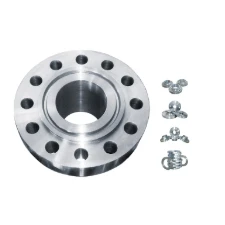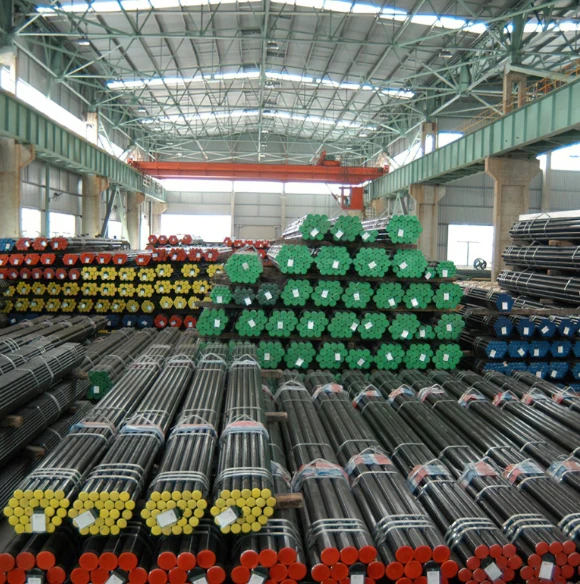

From an experiential perspective, choosing between ASTM A53 and BS 1387 depends significantly on the application requirements and regional norms. Many international projects and companies might prefer ASTM A53 due to its broader global acceptance and the detailed categorization of pipe types, ensuring high adaptability to specific pressure and mechanical scenarios. Conversely, projects that are more regional, particularly in areas where UK standards are prevalent, might still opt for BS 1387 for its simplicity and historical reliability in low-pressure scenarios. Professionals involved in procurement or project management must consider these nuances. The choice of standard significantly impacts the project's cost, reliability, and compliance with regulatory requirements. It's essential to assess the mechanical properties, thickness, coating, and corrosion resistance when selecting the pipe standard. Moreover, ensuring suppliers adhere to these standards is vital, as non-compliance can lead to project delays or failures, potentially incurring substantial financial penalties. Thus, understanding the distinctions and applications of ASTM A53 and BS 1387 steel pipes reflects the expertise necessary for informed decision-making. Each standard is entrenched with a legacy of reliability, providing a framework for safety and performance across numerous applications. As industry demands evolve, staying informed about these standards and their applications ensures that professionals maintain their authoritative edge in the steel products domain, leading to successful, dependable, and efficient project execution. Adopting such standards not only enhances trust with stakeholders but also showcases a commitment to quality and industry excellence.
Post time: ফেব্রু. . 02, 2025 04:51

















